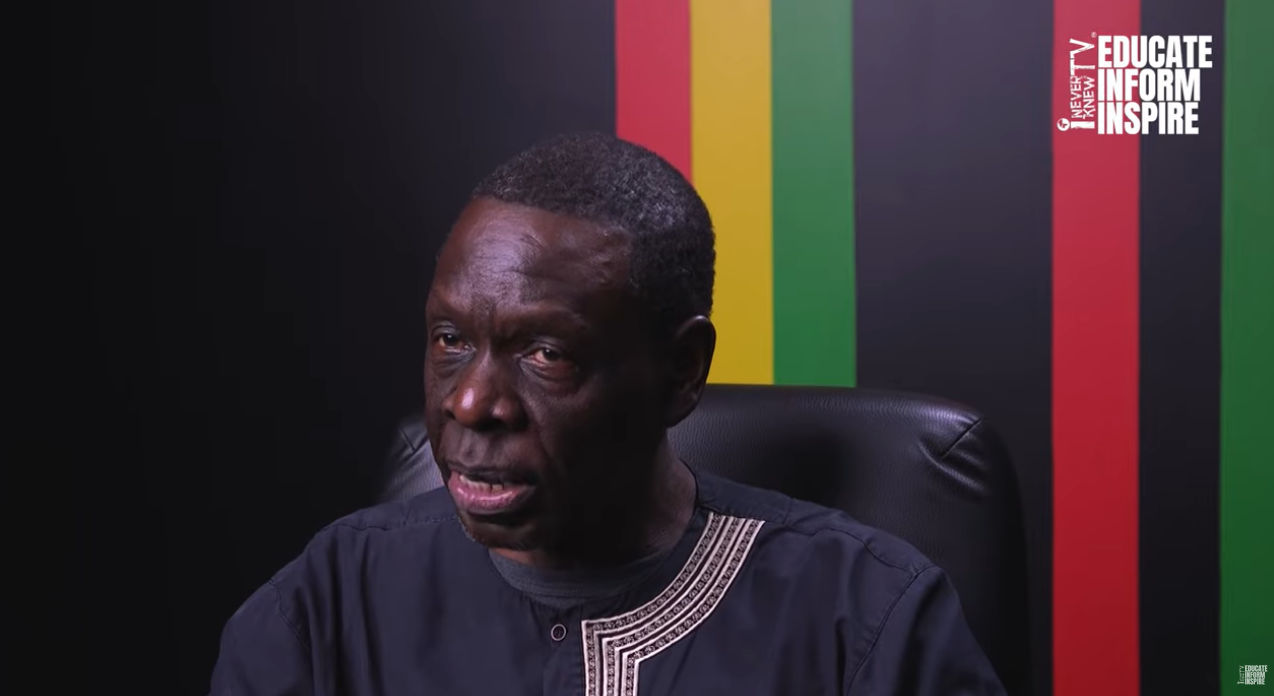Eighty-five percent of the waters that become the Nile River originate in Ethiopia, in Lake Tana and the river that most of the world call “the Blue Nile.” However, Ethiopians don’t call it that; it’s the Abeye River to them, and it’s muddy, heavy with sediment. It becomes “the Blue Nile” only after crossing into Sudan, where it joins the White Nile to become the Nile before crossing into Egypt. In Sudan, the water level is so high during flood times that the river changes color to almost black and, in the local Sudanese language, the word for black is also used for blue.
Egypt has claimed to own every last drop of Ethiopia’s Abay River because it flows into what they call the Nile and a British colonial treaty deeded all waters flowing into the Nile to them. On these flimsy grounds, Egypt bitterly opposed construction of the Grand Ethiopian Renaissance Dam on Ethiopia’s Abay River, just before it flows into Sudan and becomes the Blue Nile. Tension between Egypt, Sudan, and Ethiopia over the dam continues, but the dam is built, it began generating electricity in February this year, and the third filling is now underway.
Ethiopians and the Ethiopian diaspora take great pride in having financed the dam’s construction by purchasing bonds.








